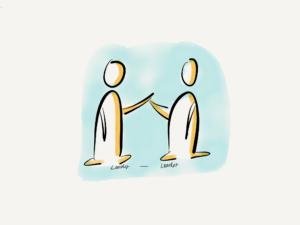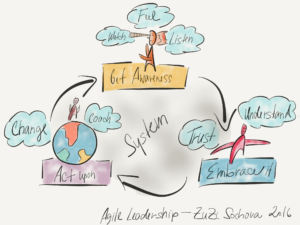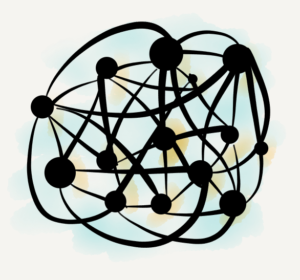It seems to be a very common question. In general, if you are willing to change yourself, yes. There is no bigger enemy than yourself. There is no environment, size or business restrictions. Any company can change if they find a strong enough reason for a change. However, there are few questions which can help you to identify if you are ready or not.
Agile is not for us if…
- We are looking for “magic” that helps us deliver everything faster.
- We want to allocate individuals on tasks based on their specialization.
- We focus on a buyer-supplier relationship and customer acceptance.
- We focus on specification, requirements, and change requests.
- We optimize for local efficiency (individuals, component, technology).
- We just want to be “modern” and copy some terminology (tribes, squads, etc.).
Agile is for us if…
- We are ready to build real self-organizing stable teams.
- We are ready to form real cross-functional teams.
- We are ready to build a partnership with customers and looking for feedback.
- We are ready to focus on fast value delivery in a working product.
- We are ready to optimize for adaptiveness, flexibility and change responsiveness.
- We are ready to change our way of working to achieve some strategic goals and sustain the current complex world.
The first list is grounded in a misunderstanding of what the Agile and Scrum is about and leads to “Dark Scrum”. The second implies a significant change of your approach, values, the way of work, simply the change of mindset. It’s up to you 🙂











